The indigenous people of Brazil have a long history of fighting for their territories and identities. That’s also a story from the Pataxó Hãhãhãe of southern Bahia. The fight for their territory lasted for decades, including the expansion of cocoa, the 1988 Constitution all the way until 2012. Throughout this period, many conflicts devastated the region. In July 2023, Ana Paula and Sílvia visited the Caramuru-Paraguaçu Indigenous Land, learned about their history and now share with you.
Authors: Sílvia Lomba e Ana Paula Cipriano
Leia em português
The invasion of the land that now is Brazil started in Bahia. The people who lived there got into contact with the colonisers many years ago. Therefore, these people were the first to suffer with genocide, lost of traditional land, and the illnesses brought by the European invaders. In this context, the native people of Bahia have a long history of fights to guarantee some basic rights: territory and official recognition of their identities. One of these people is the Pataxó Hãhãhãe for the region of Pau Brasil, southern Bahia.
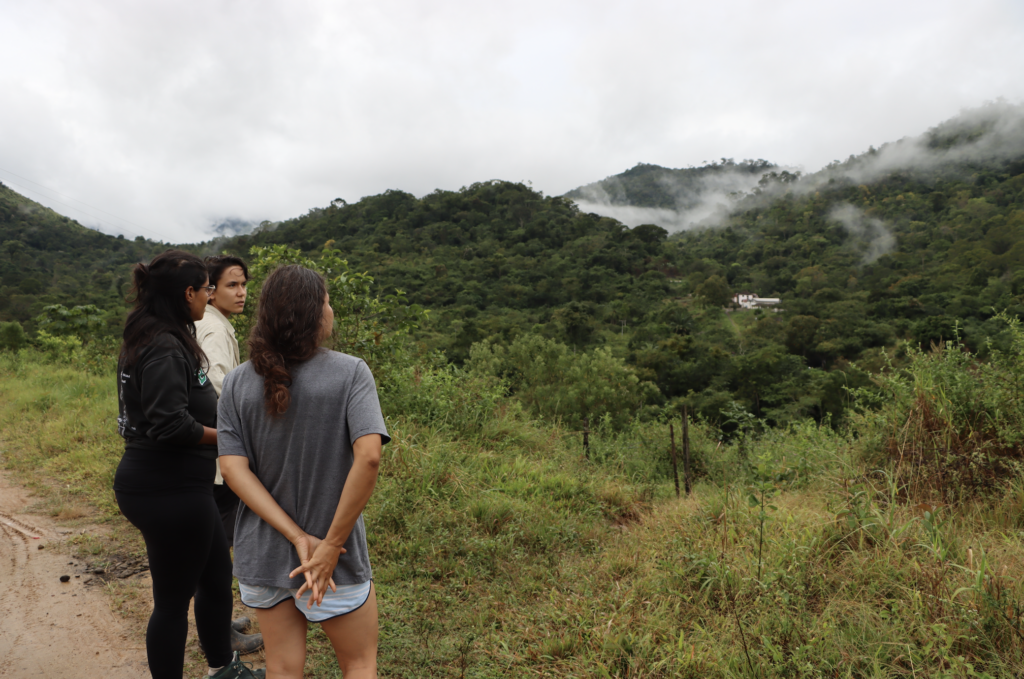
In July of this year, Ana Paula and Sílvia visited the project ‘Food for good living’ in the Caramuru-Paraguaçu Indigenous Territory. With this experience, they had the opportunity to learn from Olinda and Samuel, residents of the territory, about the region’s history, as well as about the challenges faced in the last decades of the reclaiming process in the indigenous land.
In the decade of 1920, the Caramuru-Paraguaçu Indigenous Territory was delimitated with 54,105 hectare. After a few years, landowners and land grabbers started kicking out the indigenous people and settling down inside the indigenous land, which generated many conflicts with the original residents. An aggravating factor of the situation was the action of the state governor Antônio Carlos Magalhães, who distributed property titles to these land grabbers, thus “legalizing” their invasion. In this context of violence and neglect, because they didn’t have access to their own land, many indigenous people had to sell their labor to farmers and other people from the region, working as bricklayers, washerwomen, cowboys, and hiding their origins for fear of violence.
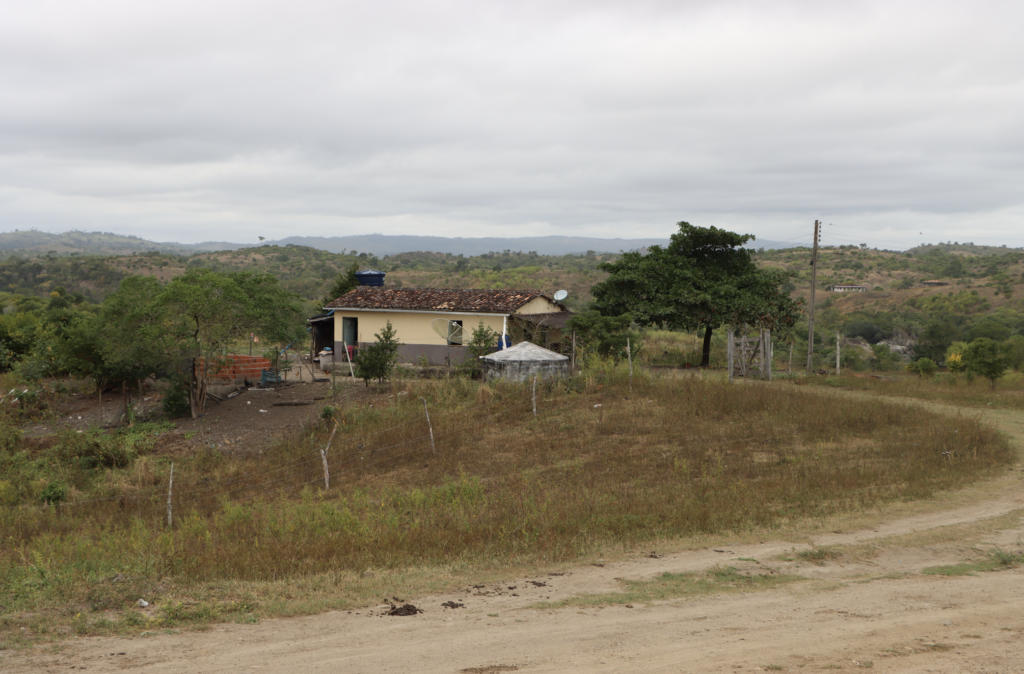
Some Pataxó Hãhãhãe remained in the land, specially in the Bahetá Village, which is in a region that suffered less from the invasions. From 1982, a movement started among the indigenous people to recover their territory stolen by the landowners, bringing the relatives who had been expelled back to the territory and pressuring the government to revoke the titles previously distributed. It is important to highlight that the 1988 Constitution stablished the original, inalienable and imprescriptible right of indigenous peoples to their lands, strengthening the struggle of the Pataxó Hãhãhãe for occupied lands.
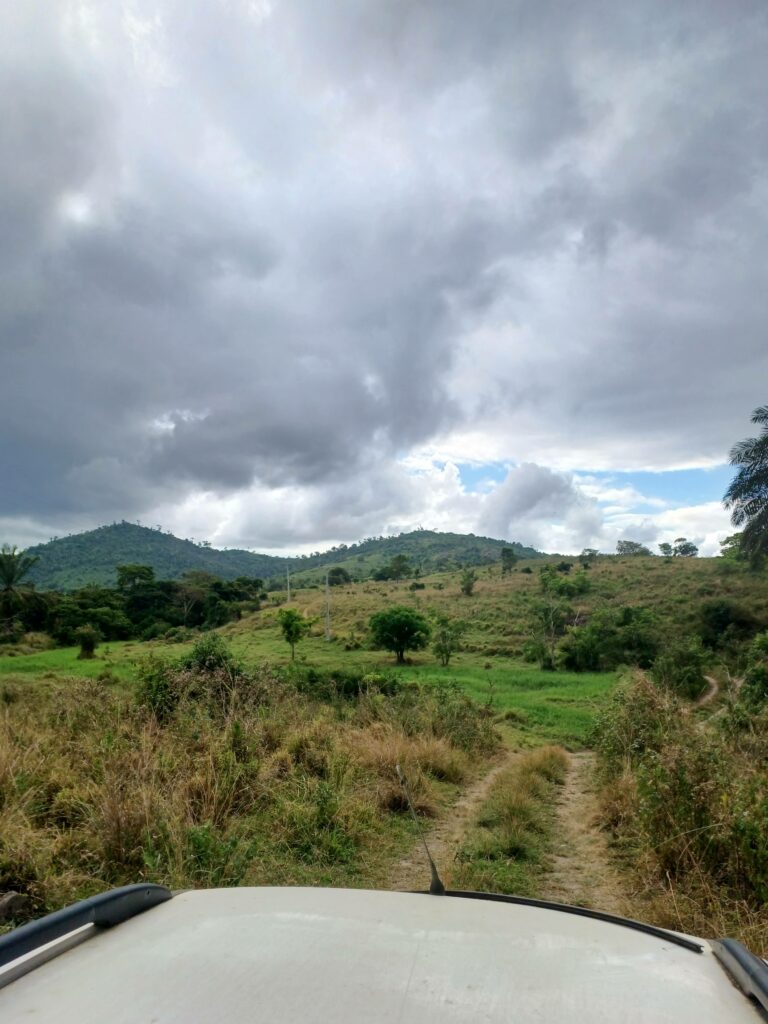
Image 3: Caramuru-Paraguaçu Indigenous Land
All the land conflicts in the region were not peaceful. The violence was present in all of these cashes, resulting in many deaths, including many indigenous leaders. However, they managed to slowly regain control of their territory through force, despite lack of support from the local police. The original people from the region spent many years retaking farms and being removed by the military police at the behest of the land grabbers. During these years, in spite of being able to reclaim part of their land, the region known as Rio Pardo (Brown River) was still under the control of land owners and local generals.
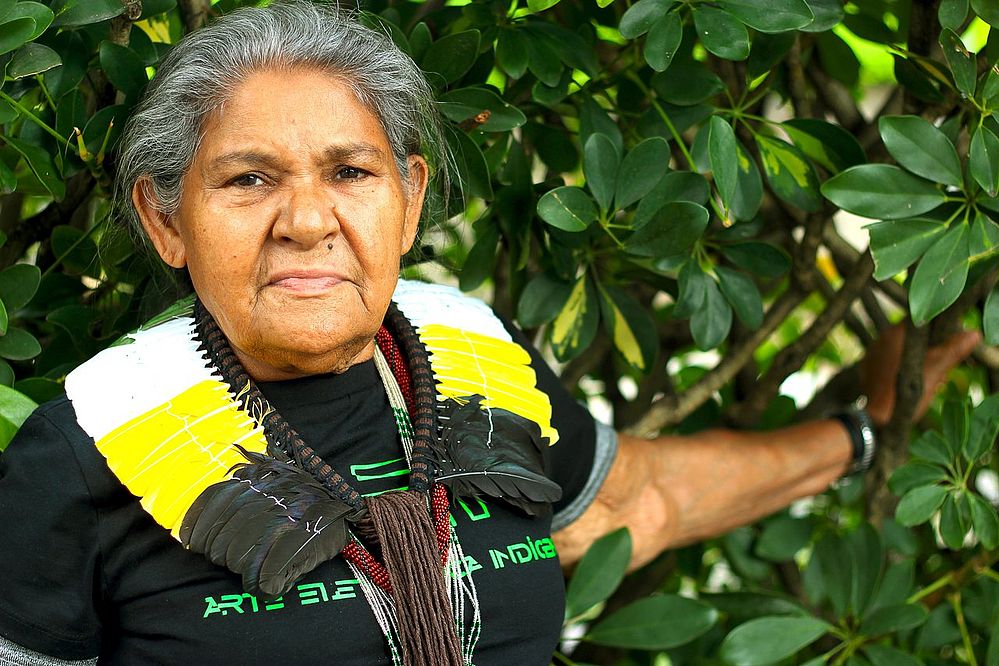
These people had great influence in local politics, many were politics themselves or freinds with influential politics. “The Água Vermelha region was closed, the Alegrias region with Itajú was closed, Bahetá Village was closed there. Then they moved here, Nailton also made a call here to the Toucinho region, then it closed, so they removed the farmers from that region. Then there was the Rio Pardo region, because that was the worst region, because that was where all the dangerous farmers were.” told Maria Muniz in the documentary ‘Retomar para Existir’ (Reclaim to Exist), by Olinda Tupinambá.
Image 4: Maria Muniz
After years of neglect by the government, in 2012 the people of the region intensified the retaking of their land in the Rio Pardo region, that had been converted into farms, in an extremelly violent clash between gunmen and indigenous people. After months of violence, indigenous and allies managed to regain control over the remaining of the Indigenous Territory that had been under landowners control. After much violence and pressure on the STF, and despite the Bahia Government’s previous request to postpone the vote, the vote was finally taken to annul the farmers’ land titles at the request of Minister Carmen Lúcia. After the titles were annulled, it was still necessary to pressure the State so that the remaining invaders were expelled from indigenous land. Samuel Wanderley says that when the farmers were removed from there, around 7000 head of cattle were also removed, reporting the great resistance of the farmers to comply with the government’s decisions.
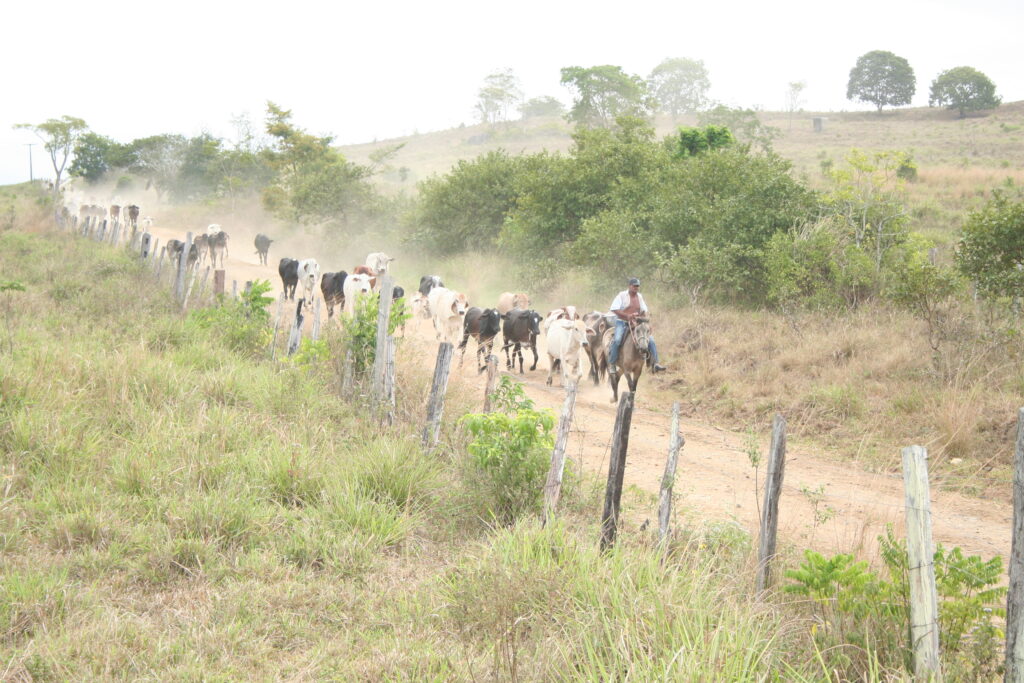
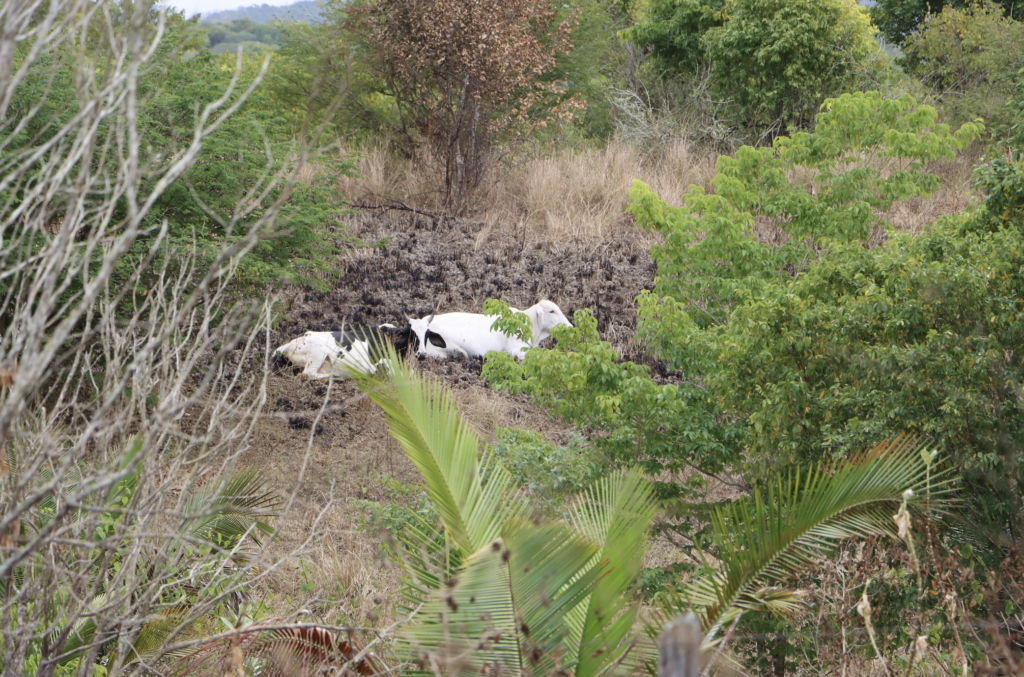
This long conflict leaves marks on the Pataxó Hãhãhãe who live in the Indigenous Territory. Despite no longer being in the hands of invaders, the division of land into farms remained, which affects the collective experience of residents. The segregation of the territory harms the residents’ experience, making it difficult for them to access and maintain a community centre in the region, where they could hold events. Furthermore, with the long invasion of farmers, the environmental degradation that occurred in the territory was huge, with large areas of Atlantic Forest deforested for cattle ranching, which continues today. Finally, with the ease of obtaining credit and loans for agriculture, many indigenous people turn to extensive livestock farming as a form of subsistence. In this context, the conflict over territory encompasses much larger dimensions than land, involving changes in customs and sources of income for original peoples.
There are, however, initiatives to mitigate the difficulties encountered in the territory of the Pataxó Hãhãhãe. A cultural revival is taking place, so that new generations can learn the traditions of the people. Furthermore, the Kaapora Project, led by Olinda Tupinambá and Samuel Wanderley, is an area of environmental restoration within the land, serving as a model for other regions. Furthermore, the place is becoming a community meeting point, with cultural and environmental events taking place. With these efforts, it is already possible to notice an increase in interest in agroforestry initiatives within the village and a greater collectivity of residents.
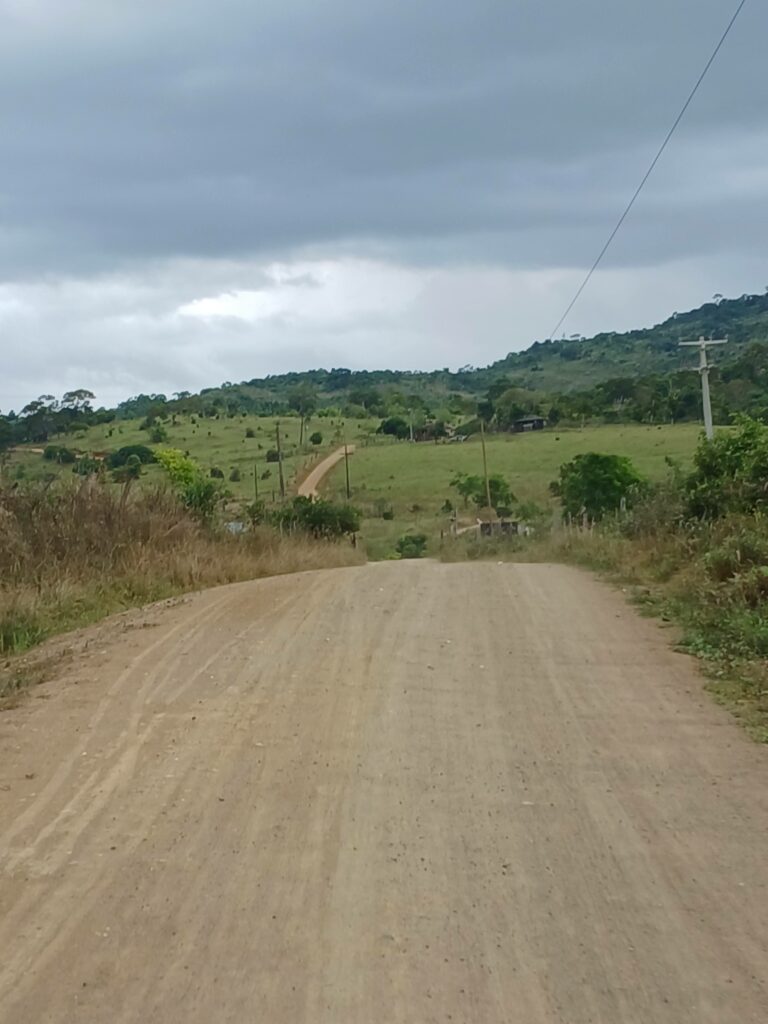
Image 7: Deforested area in the Caramuru-Paraguaçu Indigenous Territory
The struggle of the Pataxó Hãhãhãe for their land is an example of resistance. This story is an example of why the unconstitutional PL 2,903/2023, known as Marco Temporal, could not be approved. The approval of this law would once again legalize land invasion and violence against native peoples, who have been disrespected in their own home for 523 years. The partial veto made by President Lula reduces the problem, but does not solve it, as it maintains the possibility of economic activities by non-indigenous people in cooperation with indigenous people. This can be dangerous, as these “cooperations” are usually not peaceful and can violate indigenous peoples’ exclusive enjoyment of their land. Furthermore, the approved text also states that exclusive usufruct does not override the interest of defence policy, which can also be used to justify military interventions and occupations in territories. The Brazilian State has historically failed its original peoples, and the partial veto made tends to maintain this failure.
Your donation can have a positive impact on the world!
Subscribe to receive our Newsletter!
Find us also at Linkedin, Facebook, Twitter or Instagram
www.meli-bees.org
❤️

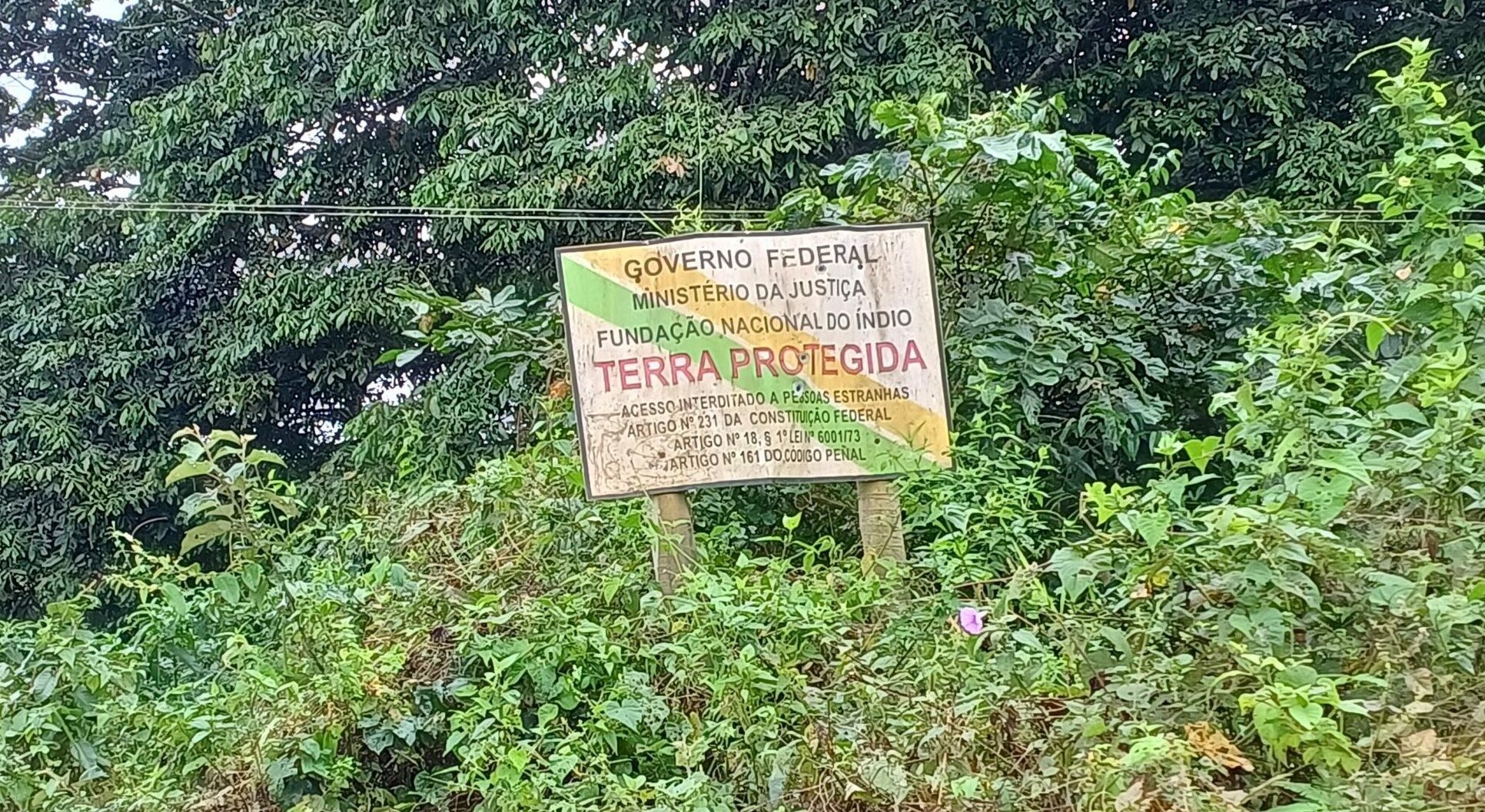
Are there any sustainable development initiatives integrated into the process of reclaiming the Caramuru Catarina Paraguaçu Indigenous Territory, and how are they benefiting both the indigenous communities and the surrounding environment?
You can check the texts related to the last project with this community:
https://www.meli-bees.org/tag/project-food-for-good-living/
Or the texts with the Pataxó. Hã-hã-hãe community:
https://www.meli-bees.org/tag/pataxo-hahahae/